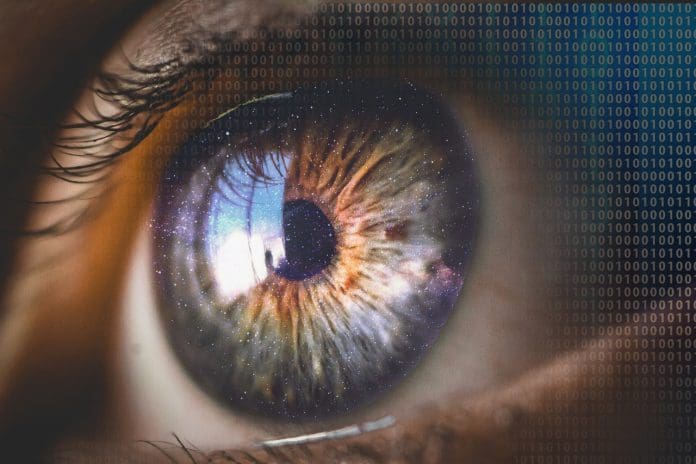This post is also available in:
 עברית (Hebrew)
עברית (Hebrew)
As technology progresses and regulations are still in legislation process, there is a growing concern surrounding AI-generated imagery that is used nefariously.
New research from the University of Hull suggests that methods from the field of Astronomy can surprisingly assist us with combating this issue, by analyzing human eyes in the same way galaxies are examined.
Apparently, the secret lies in the reflection. Researchers explained that in real images, the reflections created on the eyeball tend to match in both eyes. However, in AI-generated images, there is usually an inconsistency between the reflections in the two eyeballs. They applied techniques commonly used in astronomy to measure these reflections and ensure consistency between reflections in the left and right eyeballs, and so managed to assess which image is real and which is fake.
“To measure the shapes of galaxies, we analyze whether they’re centrally compact, whether they’re symmetric, and how smooth they are. We analyze the light distribution,” said Professor Kevin Pimbblet, professor of astrophysics and director of the Center of Excellence for Data Science, Artificial Intelligence and Modeling at the University of Hull, according to TechXplore. “We detect the reflections in an automated way and run their morphological features through the CAS [concentration, asymmetry, smoothness] and Gini indices to compare similarity between left and right eyeballs. The findings show that deepfakes have some differences between the pair.”
The Gini coefficient is a statistical measure used to quantify the inequality or unevenness in the distribution of light intensity (flux) across the pixels of an image. When studying galaxies, the Gini coefficient is calculated by sorting the pixel values of an image in ascending order based on their flux (brightness). A Gini coefficient of 0 indicates a perfectly uniform distribution of light across all pixels, meaning each pixel has an equal amount of flux. A Gini coefficient of 1 indicates maximal inequality, where all the flux is concentrated in one pixel, or a very small number of pixels.
Despite the system being imperfect and the existence of false-positives and false-negatives, this method is a step forward in the direction of identifying deep-fakes and maliciously used AI-generated imagery.


























